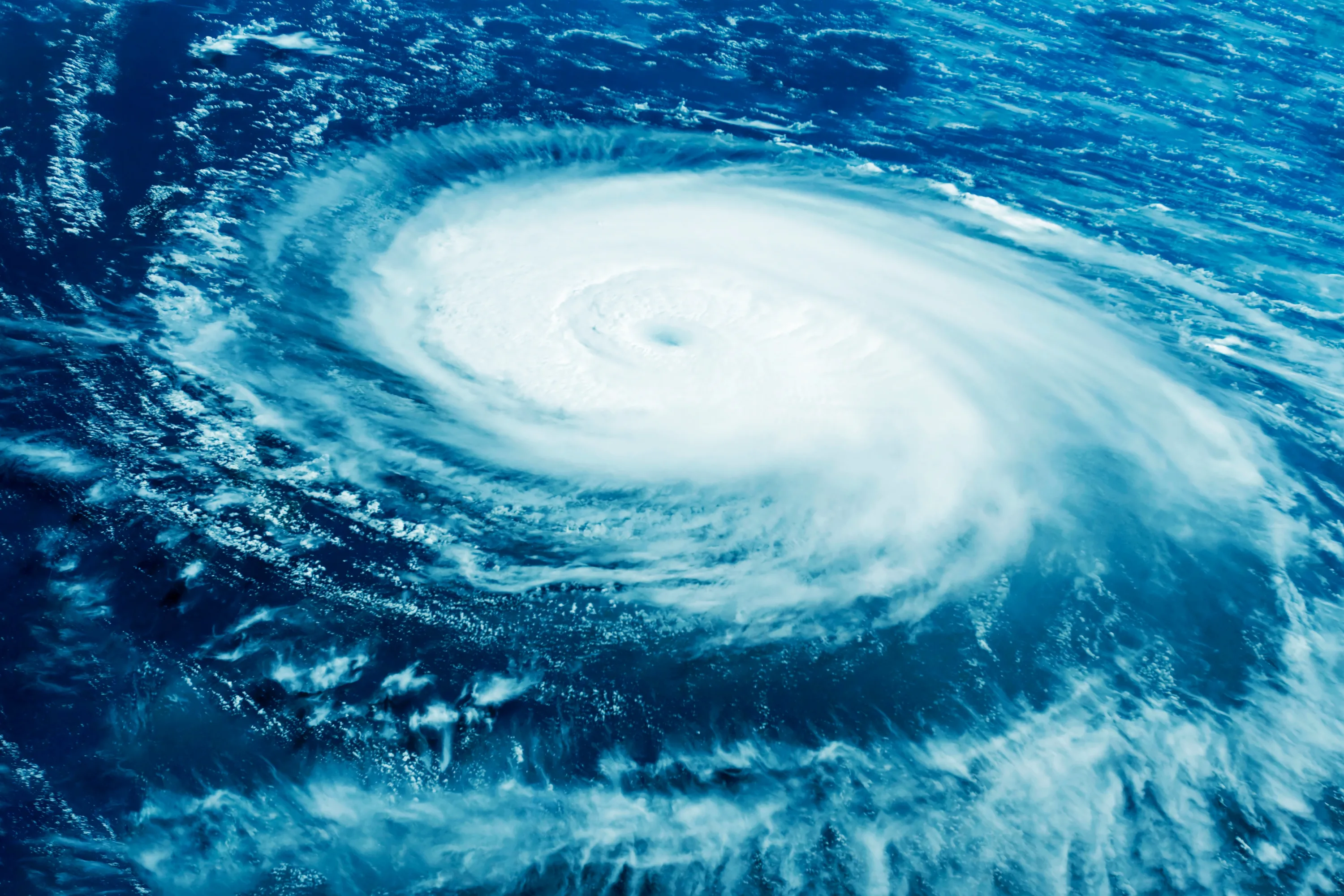
In this country, as in most places in the world, it is illegal to copy someone’s original work and use it as your own. Writers, artists and other creative people can legally protect their work by copyrighting it, which entails registering it with the U.S. Department of Copyright. If you want to use another person’s story, song or image, the law requires you to contact the creator and get permission. If permission is given to use the intellectual property, there are usually requirements like the payment of a licensing or royalty fee, giving credit to the creator and limitations on how it can be used.
Disney has created scores of characters, songs and movies and is well known for being rigorous in suing individuals and companies, no matter how small, who use their creations without permission. However, this creative giant is now on the receiving end of a lawsuit on copyright infringement for its “Frozen” trailer.
“Frozen” Trailer
“Frozen” is a full-length movie that came out in 2014 and was a huge hit for the studio, bringing in over $1.22 billion in ticket sales, earning Disney an Oscar for Best Animated Feature and spinning off a best-selling musical soundtrack, not to mention the movie-related merchandise. To promote the movie, Disney created a trailer that was shown in movie theatres, on television and online, all of which would have been fine, except for one problem.
A woman named Kelly Wilson sued the media giant for copyright infringement, saying that the Frozen trailer copied an animated short she had created called “The Snowman.” Both animations show a snowman who has lost his carrot nose, which ends up on a frozen lake. An animal sees the carrot and wants to eat it, and both the animal and the snowman try to get to the carrot first. At the end, the animal gets the carrot but gives it back to the snowman.
Disney asked the judge to dismiss the lawsuit, saying that the two works were not similar enough and then by claiming that having a similar story line did not constitute copyright infringement because the final works were substantially different. The judge didn’t buy either argument in this case. In a rare capitulation, Disney ended up settling the lawsuit for an undisclosed amount.
“Frozen” Storyline
The “Frozen” trailer lawsuit wasn’t the only legal entanglement that Disney got into in regard to its animated blockbuster. Disney is famous for making animated screen adaptations of popular fairy tales, including Snow White, Cinderella and Sleeping Beauty. However, those stories are so old that they are no longer protected by copyright and are considered to be in the public domain.
In 2015, a woman in Kuwait named Muneefa Abdullah claimed that the plot of “Frozen” was copied from her story “The Snow Princess” and published in her book “New Fairy Tales” and sued Disney and screenwriter and co-director Jennifer Lee for copyright infringement. Just like in “Frozen,” the main character in “The Snow Princess” is a princess who is able to magically transform things and people into ice. In “The Snow Princess,” the princess goes into hiding after accidentally awakening an evil witch with her powers; in “Frozen,” the princess goes into hiding after accidentally injuring her sister with her powers.There are more similarities. In both stories, there is a kingdom made of ice and surrounded by mountains. Both stories involve a sibling looking for and trying to bring back the princess, journeying up a mountain and fighting with snow or ice-made guards on the mountain, self-sacrifice and the idea that only love can triumph over evil.
According to Disney, “Frozen” was not based on Abdullah’s story but rather on Hans Christian Andersen’s classic fairy tale, “The Snow Queen.” While this does follow the tradition of basing Disney films on Hans Christian Andersen and Grimm fairy tales in the public domain, there are marked differences in the stories.
In “The Snow Queen,” two children, a boy named Kay and a girl named Gerda are neighbors and best friends. Everything is fine until a magic mirror in the sky breaks. Shards of the mirror get into people’s eyes and distort how people see things, making them only see the bad and ugly. This happens to Kay and another shard lodges in his heart, turning it to ice. He starts to act cruelly to Gerda, and then the Snow Queen shows up and takes him away. Gerda goes on a hunt for him, fearing for her friend.
Along the way, she has several adventures and enlists the help of a reindeer and several women, eventually finding Kay in the Snow Queen’s palace. When he sees her, he remains cold and distant until her tears wash the mirror piece from Kay’s eye and heart and the two friends are reunited. In this story, the Snow Queen is a villain, whereas in “Frozen,” Elsa is more of a well-meaning victim to her own uncontrolled powers. “Frozen” is a story of sibling love rather than friendship.
Ms. Adbullah claimed that Ms. Lee had access to “The Snow Princess” because she worked for Random House Publishing, which bought the publisher of “New Fairy Tales.” However, Ms. Lee only worked at Random House from 1992 to 2001 and “New Fairy Tales” wasn’t published until 2007. A judge dismissed the case against Disney and Ms. Lee, saying that the stories were not similar enough to be copyright infringement. Ms. Abdullah appealed the court’s ruling, but did not win and the case was dismissed.
Disney is a giant company with a lot of money and can afford to hire top attorneys to fight in court or pay out settlements when necessary. Many stories are similar to other stories, with similar themes and plots. However, writers and other creative people should be able to protect their creations from being stolen and used to make money for other people and companies.What do you think? Was justice served in these two copyright infringement cases against Disney for “Frozen”?



